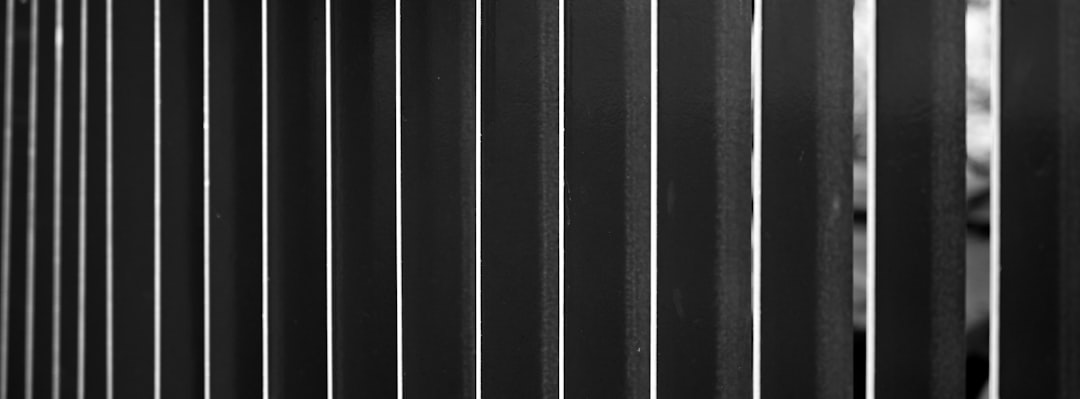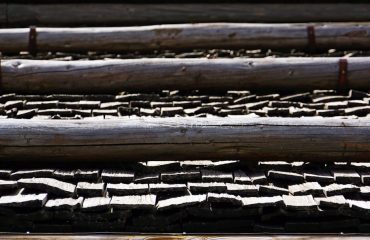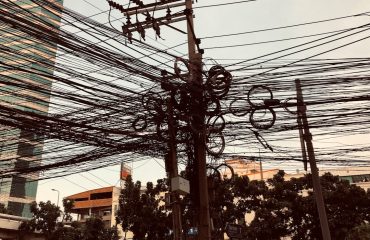body {
font-family: sans-serif;
line-height: 1.6;
}
h1, h2, h3 {
color: #333;
}
Cold drawn flat bars are a versatile and high-performance metal product used across numerous industries. Their exceptional properties make them ideal for applications demanding precision, strength, and durability. This comprehensive guide will explore everything you need to know about these remarkable materials.
The Cold Drawing Process: Shaping Strength and Precision
Unlike hot-rolled bars, which are shaped at high temperatures, cold drawn flat bars undergo a process of cold deformation at room temperature. This involves pulling a pre-rolled bar through a series of dies, progressively reducing its cross-sectional area and achieving precise dimensions. The cold drawing process significantly increases the material’s tensile strength, yield strength, and surface finish. The absence of high heat prevents oxidation and scaling, resulting in a cleaner, more refined surface. This process also imparts a superior degree of dimensional accuracy and straightness, crucial for many engineering applications.
The specific process parameters, such as die geometry, drawing speed, and lubrication, are carefully controlled to achieve the desired properties and tolerances. This precise control allows manufacturers to produce cold drawn flat bars with exceptional consistency and quality.
Material Properties: Strength, Ductility, and Beyond
Cold drawing significantly enhances the mechanical properties of the base metal. The process induces significant strain hardening, leading to increased tensile strength and yield strength. While ductility is slightly reduced compared to hot-rolled counterparts, cold drawn flat bars still possess sufficient formability for many applications. The improved surface finish reduces friction and wear, enhancing fatigue resistance. The precise dimensional accuracy reduces machining requirements, saving time and costs in downstream processes.
Common materials used in cold drawing include low carbon steel, medium carbon steel, alloy steels, and stainless steels. The choice of material depends on the specific application’s requirements for strength, corrosion resistance, and other properties.
Applications: Where Precision and Strength Meet
The unique combination of high strength, precise dimensions, and excellent surface finish makes cold drawn flat bars suitable for a wide array of applications. They are commonly used in:
- Automotive industry: Components requiring high strength and precise tolerances, such as chassis parts, suspension components, and engine parts.
- Machinery and equipment: Shafts, spindles, and other components in various types of machinery requiring high strength and wear resistance.
- Construction industry: Reinforcement bars and structural components where high strength and dimensional accuracy are essential.
- Aerospace industry: Components demanding high strength-to-weight ratio, fatigue resistance, and precise dimensions.
- Medical devices: Components requiring high precision, biocompatibility, and corrosion resistance.
Advantages of Cold Drawn Flat Bars: A Superior Choice
Several advantages make cold drawn flat bars a preferred choice over other materials:
- High strength and yield strength: Superior mechanical properties compared to hot-rolled bars.
- Excellent surface finish: Minimizes friction and wear, enhancing fatigue resistance.
- Precise dimensions and tolerances: Reduces machining requirements and improves component assembly.
- Improved straightness: Facilitates easier handling and processing.
- Enhanced fatigue resistance: Longer lifespan in demanding applications.
- Cost-effectiveness: Reduced machining and finishing costs due to superior precision.
Specifications and Selection: Finding the Right Fit
Selecting the appropriate cold drawn flat bar requires careful consideration of several factors: material grade, dimensions (thickness, width, and length), surface finish, and mechanical properties. Detailed specifications are typically provided by manufacturers, including tolerances and testing standards. Factors such as the application’s required strength, corrosion resistance, and formability will guide the selection process. It’s crucial to consult with material suppliers to ensure compatibility with the intended application and to obtain appropriate certifications and quality assurance documentation.
Understanding the different grades of steel and their properties is also essential. Different grades offer varying levels of strength, hardness, and ductility, each suitable for specific applications. This knowledge, combined with a clear understanding of the application’s requirements, will lead to the selection of the most suitable cold drawn flat bar for the job.
Cold drawn flat bars represent a superior choice for various industries demanding high strength, precision, and durability. Their unique properties and advantages make them a cornerstone material in countless applications.
Tags: Cold drawn flat bars, cold drawing process, steel bars, flat steel bar, mechanical properties, metal fabrication




